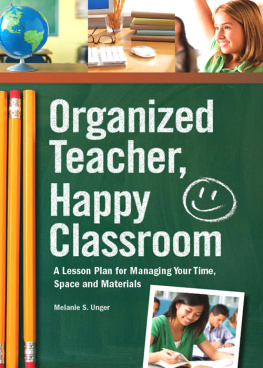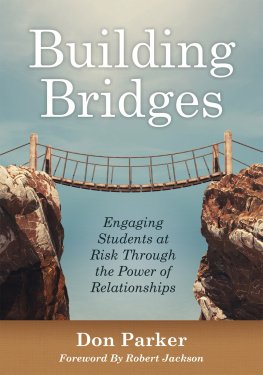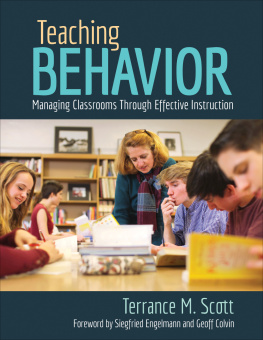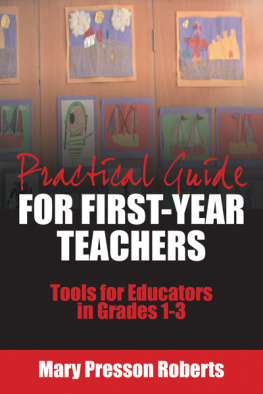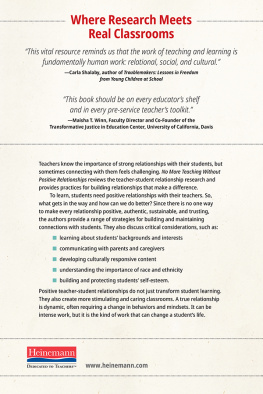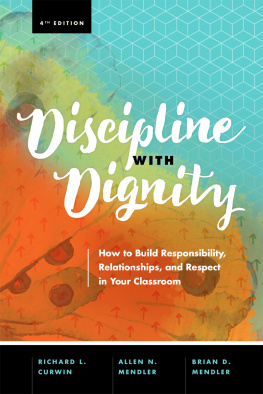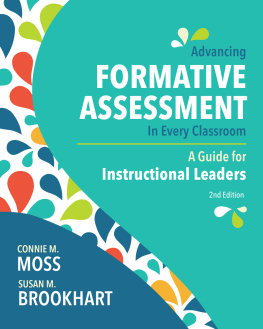A Different Kind
of Teacher

A practical guide to understanding and
resolving difficulties within the school
T ONY H UMPHREYS , BA, HDE, MA, P H D
Newleaf
For Helen
CONTENTS

I NTRODUCTION

Recent research in education has revealed that how a teacher teaches is as important as what she teaches. Indeed, the how largely determines effectiveness. It is related to the teachers level of self-esteem and the ability, or lack of it, to form close relationships with students. The how also involves awareness and practice of positive classroom management approaches. Furthermore, an individual teachers effectiveness is enhanced by a whole-school management style and by effective leadership within the school system.
The three major sources of stress in teaching are role load, staff relationships and difficult students. Research indicates that the effects of role load are considerably reduced where there is strong staff cohesiveness and cooperation. Also, the teacher who has high self-esteem complains far less of discipline problems than the teacher with middle or poor self-esteem. These observations have been substantiated by findings that the effective school is characterised by high expectations, emotional responsiveness and effective leadership. High expectations mean believing in each students ability to learn and placing the emphasis on effort rather than performance. Responsiveness involves a democratic caring approach to students with an emphasis on students taking responsibility for themselves.
Following on the research evidence but, principally, on my own personal experiences of teaching in primary, second-level and third-level education, my involvement with teaching staffs over several years and my therapeutic work with teachers and others suffering personal, interpersonal and occupational conflicts, this book focuses on eight main areas:
- stress management
- self-esteem of teachers
- staff relationships and morale
- self-esteem of students
- emotional and behavioural problems of students and staff
- whole-school approach
- effective leadership.
The book is divided into six chapters, each one focusing on a distinct area relevant to the development of more effective teaching.
Chapter 1 discusses the teaching profession, and why and how it has become highly stressed. It looks at the nature of stress, how to identify the signs of stress, and how to cope and develop personally and professionally from it.
Chapter 2 focuses on the teacher with particular emphasis on self-esteem. It identifies three levels of self-esteem and outlines its effects on the teacher herself and on students and colleagues. It introduces the reader to two communication patterns, introjection and projection, which are revelations of self-esteem problems and have serious effects on relationships within the classroom and staffroom. Most of all, this chapter shows how self-esteem can be changed.
Chapter 3 is given over to the staffroom, a source of much stress for many teachers. Staff relationships, effective communication patterns, staff morale, staff affirmation, responding to rigidity in oneself, principals or colleagues, and problem-solving are all discussed.
The focus of Chapter 4 is on the student. This chapter helps teachers to understand the nature of students emotional, social and behavioural problems within the school and classroom, and how to respond effectively to their manifestation. Particular emphasis is placed on students self-esteem: how to identify low self-esteem and how to raise it. The effects of students self-esteem on motivation and learning are also illustrated.
Chapter 5 attends to the classroom. It distinguishes between problems of overcontrol and undercontrol in students, and how the latter cause the greatest disruption in class, even though the former are indicators of a more at-risk pupil. The chapter also outlines behaviours on the part of the teacher that can precipitate problematic responses from students. It outlines essential aspects of effective classroom management, the design and implementation of effective systems of responsibility for students, and the positive use of sanctions. It also deals with responding to the student who is recalcitrant.
Chapter 6 talks about the school and discusses such issues as what factors make for an effective school, a whole-school approach, effective leadership, coping styles within schools, parentteacher liaison and school ethos. This chapter emphasises the need for shared responsibility and the need for confrontation by teachers of issues within school systems that need to be altered. It also recommends the development of confidential counselling services for teachers and principals.
The emphasis throughout the book is on five issues:
- personal effectiveness
- development of self-esteem-enhancing relationships within the staffroom and classroom
- creation of a greater insight into, understanding of and positive responding to the emotional, behavioural and social problems of students and teachers
- positive approaches to teaching
- shared responsibility.
The aim is always practical. The book includes examples of problematic situations within staffrooms and classrooms and case-studies I have encountered, and offers tried and tested ways of resolving such conflicts. This book is principally developed from the many problems staff groups have presented to me during staff in-service days and our attempts at effective responses to those issues. At the end of each chapter there is a list of the key insights and key actions that will lead to more effective personal, interpersonal and classroom management.
This book is particularly aimed at primary and second-level school teachers but it has relevance to anybody working in the educational system. It is also relevant to policy-makers as it provides insights into the needs of students, teachers, principals, vice-principals, parents, and others within school systems. Parents will also find the book useful since it offers insights on the problems their children may be experiencing in school, and it also apprises them of how to create a positive environment for learning within the home. This book is for students in the education profession at all levels: in basic training and at diploma, graduate and postgraduate levels. It is also of use to lecturers in education.
A good idea is to read the book through so that you get an overall view of the themes and practices recommended. On the other hand, you may like to turn to a chapter or section on issues that currently concern you. Each chapter can stand on its own as it describes specific insights and skills. You can easily dip into particular sections within chapters. The book could also be usefully employed by a staff group or a group of teachers to work through systematically in order to establish greater school effectiveness.
I hope you will find it helpful in resolving many of the difficulties you face within the teaching profession. During my many years of working with staff groups and giving courses to teacher groups, I have witnessed and been impressed, and indeed overawed, by the commitment, dedication and need to know more of teachers.


